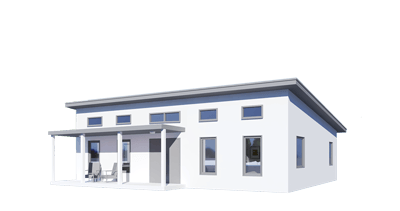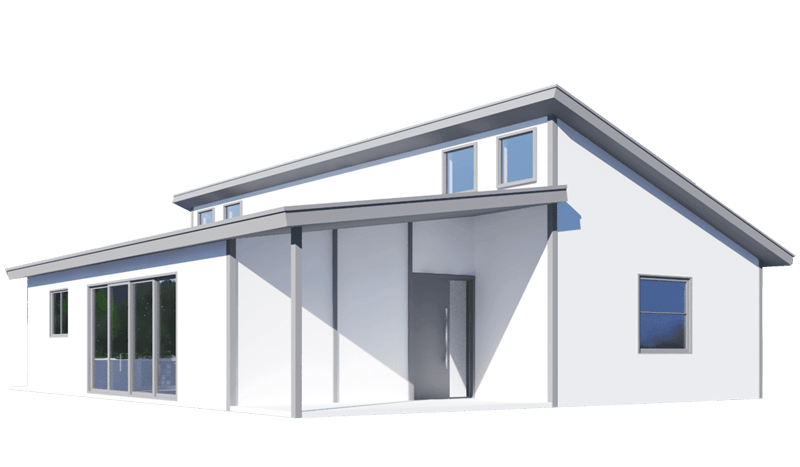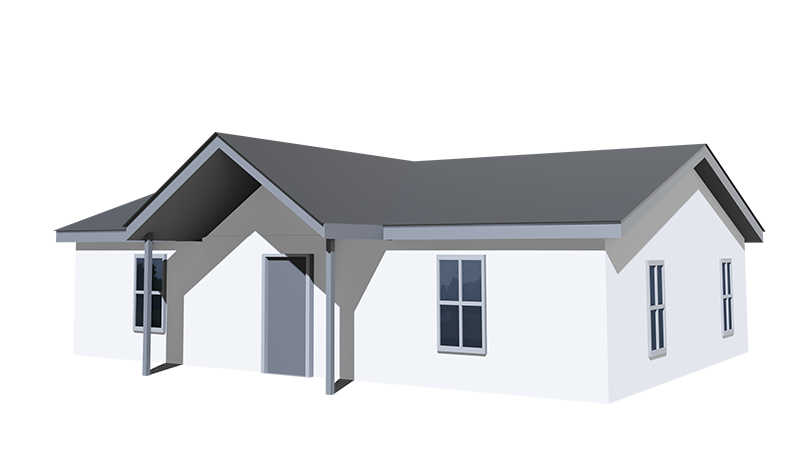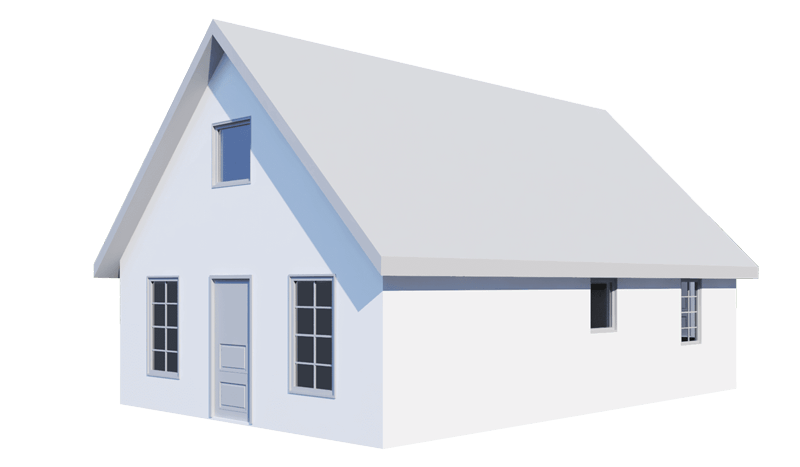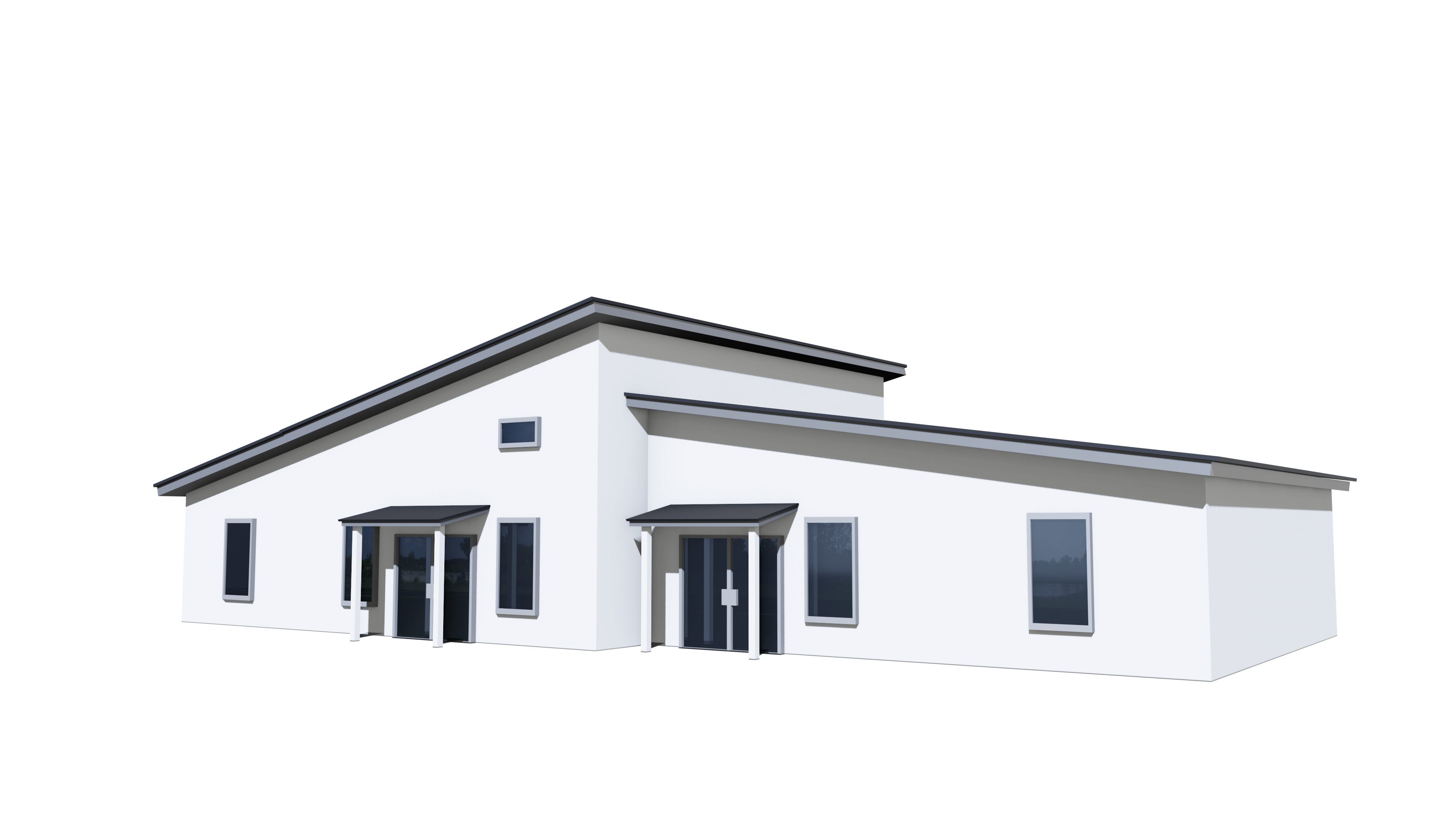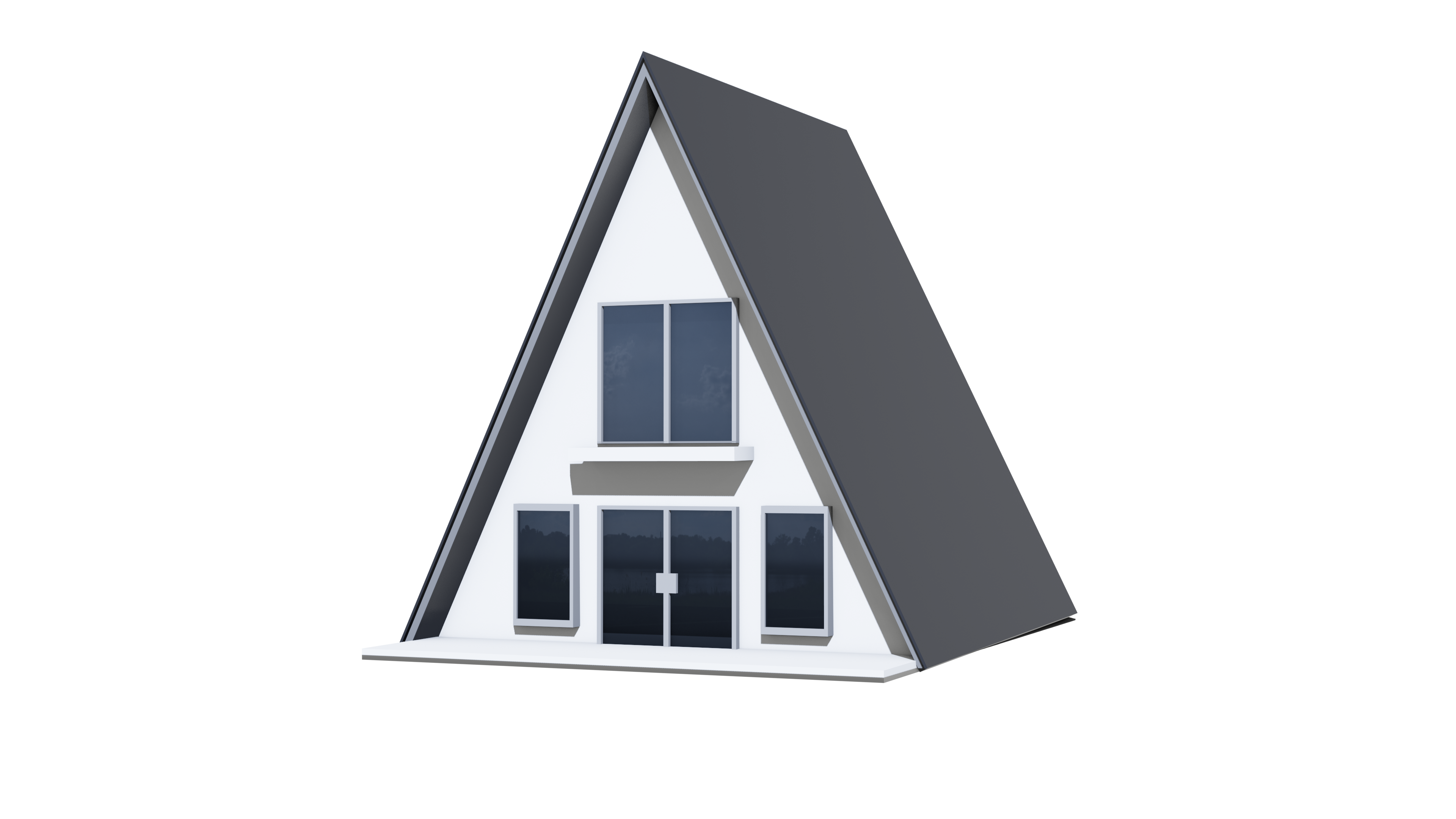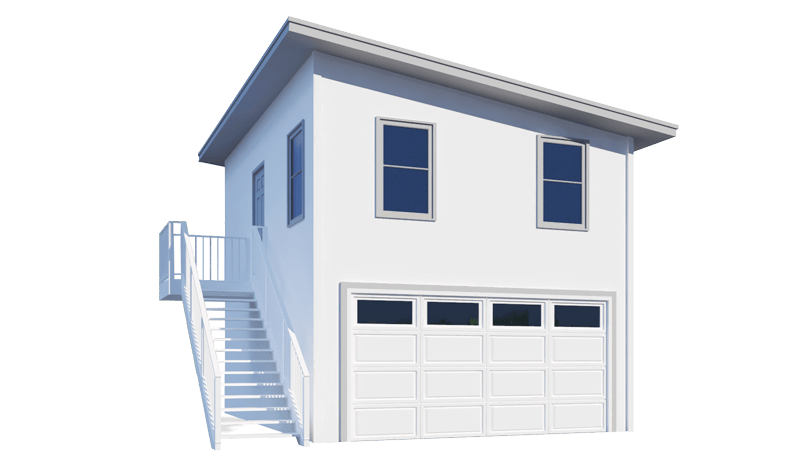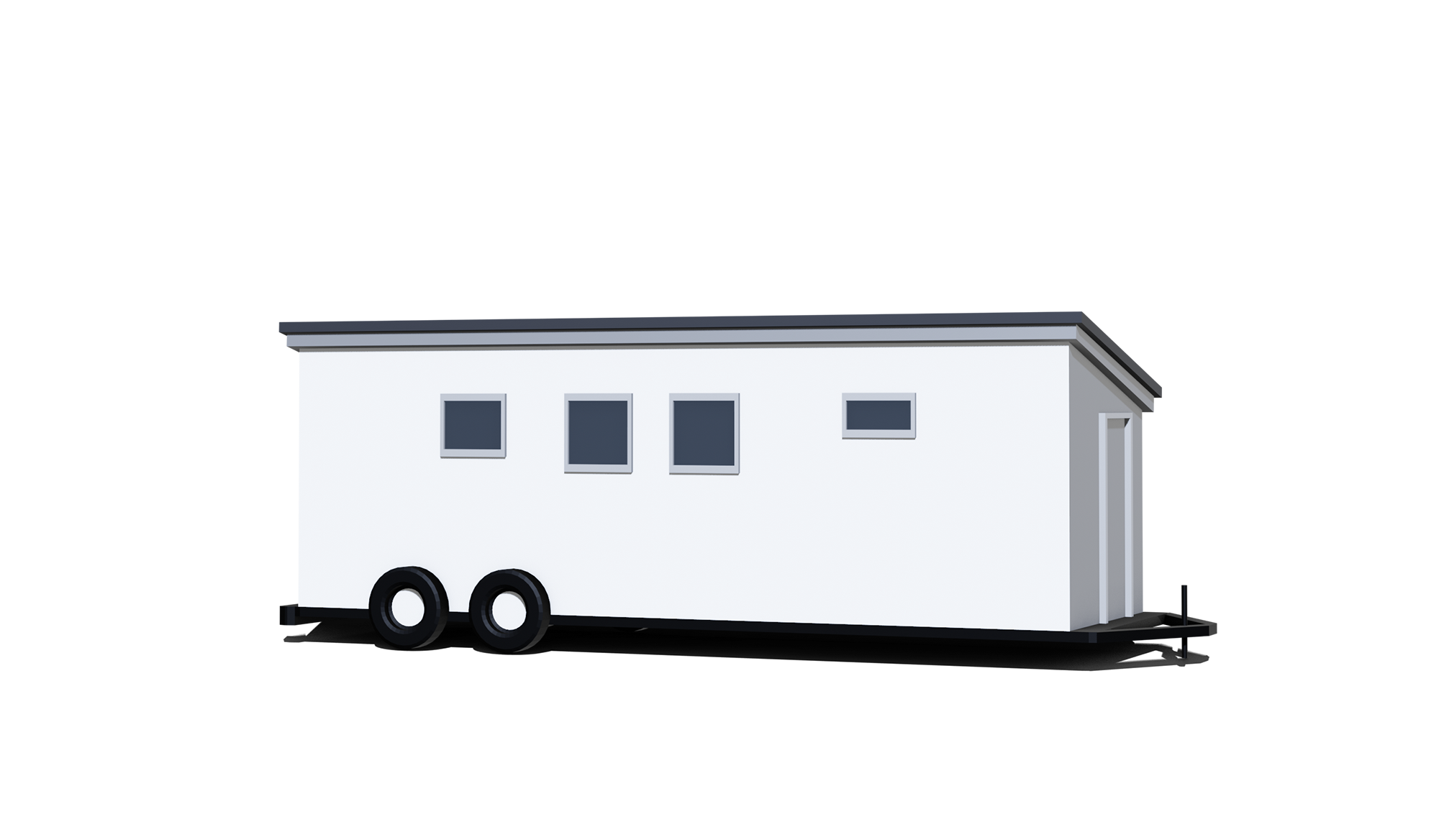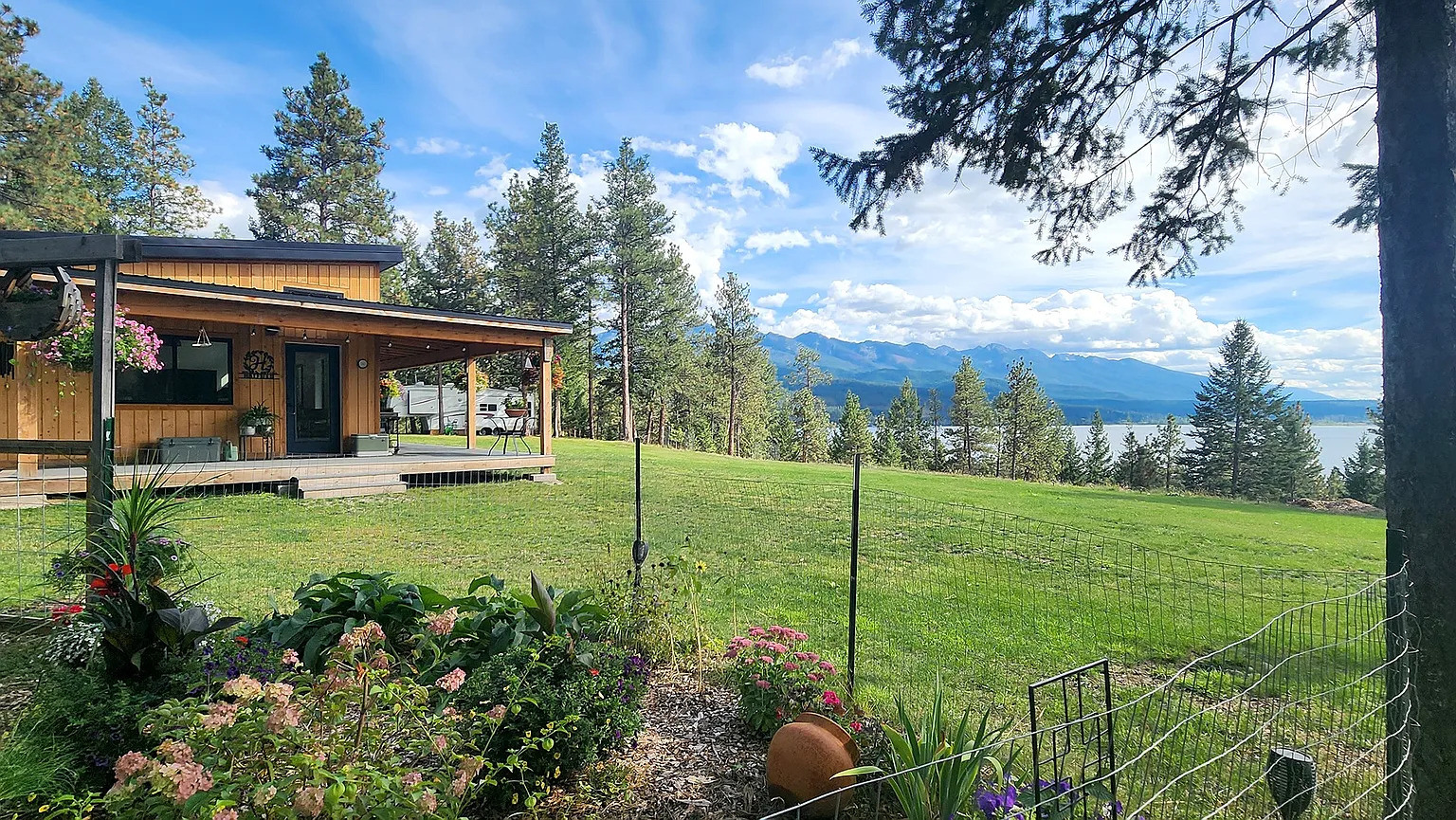

Why SIPs are the Best Option for Prefabricated Homes
A growing demand for efficient, fast, sustainable housing is making prefabricated homes more popular. Known for their ability to provide energy efficiency and fast builds, Structural Insulated Panels (SIPs) are a favored construction method among prefab homes.
Whether you're planning a cozy cabin, a family residence, or a detached backyard ADU, SIP panel home kits from Mighty Small Homes offer a compelling blend of strength, speed, and sustainability.
What are SIPs, and Why Do They Matter in Prefab Construction?
"SIPs" is short for Structural Insulated Panels, which are high-performance building components used in floors, walls, and roofs.
Each panel of a SIP home is made by sandwiching a rigid insulating foam core between two structural facings, most commonly Oriented Strand Board (OSB). These panels combine lightweight design with exceptional strength and energy efficiency, allowing builders to assemble SIP homes quickly and accurately.
The core foam provides continuous gap-free insulation. The OSB sheathing adds structural integrity, enabling SIPs to replace traditional framing methods. This combination of structure and insulation in one product eliminates the need for multiple trades and reduces construction timelines in prefabricated houses.
Why SIPs from Mighty Small Homes are Great for DIY Builders
“Every panel in our kits is designed to perform in real-world conditions, not just on paper. Speed, strength, sustainability—that’s the baseline. We push further, because our name’s stamped on every home that goes out the door,” Damian Pataluna, Co-owner of Mighty Small Homes.
Unlike conventional stick framing, SIP construction offers better thermal performance, increased airtightness, and a cleaner, more efficient building process. This makes SIPs especially well-suited for prefab house kits, where speed, simplicity, and lasting quality are essential.
Advantages That Make Our SIPs Ideal for Prefab Homes
Structural insulated panels offer practical benefits that make them particularly well-suited for prefabricated home construction. From faster build times to long-term energy savings, the following key advantages explain why SIPs are the preferred choice for many builders and homeowners.
1. Faster Build Times with Factory-Cut Panels
 An attractive benefit of using structural insulated panels is the speed of construction. Because the panels are manufactured in a factory based on architectural plans, they arrive at the job site ready to assemble.
An attractive benefit of using structural insulated panels is the speed of construction. Because the panels are manufactured in a factory based on architectural plans, they arrive at the job site ready to assemble.
Building with manufactured panels dramatically reduces on-site labor and eliminates time-consuming steps like separately framing, sheathing, and insulating walls.
This translates into significantly faster construction timelines. A home can be under roof in a couple of days and move-in ready in about half the time compared to traditional methods.
2. Healthier Indoor Environment with Better Air Quality
 The airtight construction of a SIP home reduces noise and creates a healthier indoor environment by preventing dust, pollen, and other outdoor pollutants from entering the home.
The airtight construction of a SIP home reduces noise and creates a healthier indoor environment by preventing dust, pollen, and other outdoor pollutants from entering the home.
When you use mechanical ventilation systems such as Energy Recovery Ventilators (ERVs) with filters, SIP homes maintain excellent indoor air quality while providing continuous airflow and controlling humidity.
The airtight design also reduces moisture intrusion, lowering the risk of mold and mildew growth. These health advantages make SIP building kits attractive to people with allergies or respiratory issues.
3. High Energy Efficiency and Lower Utility Bills
 SIP panel homes are known for their superior energy efficiency. The continuous insulation and airtight construction minimize thermal bridging and reduce air leakage, resulting in better temperature control throughout the home.
SIP panel homes are known for their superior energy efficiency. The continuous insulation and airtight construction minimize thermal bridging and reduce air leakage, resulting in better temperature control throughout the home.
The foam cores used in SIPs offer high R-values, which contribute to reduced heating and cooling demands.
Homeowners who choose SIP building kits often see significantly lower energy bills and enjoy improved comfort year-round. Over time, these savings can add up to thousands of dollars, making SIP homes an excellent investment for buyers evaluating the total cost of ownership.
4. Sustainable and Eco-Friendly Building Materials
 As sustainability becomes a priority in construction, SIPs offer clear environmental advantages. SIPs generate less on-site waste since the panels are fabricated in a controlled factory environment.
As sustainability becomes a priority in construction, SIPs offer clear environmental advantages. SIPs generate less on-site waste since the panels are fabricated in a controlled factory environment.
Their high insulation values contribute to lower operational energy use, which reduces the building's carbon footprint over its lifetime.
Leading manufacturers, such as Mighty Small Homes, use responsibly sourced materials and offer products that qualify for green building certifications, including LEED and Passive House standards. SIP prefabricated homes are ideal for building an environmentally responsible home.
5. Stronger, More Durable Home Structure

SIPs offer remarkable structural strength and can withstand high wind loads, heavy snow, and flying debris.
The rigid foam, 2x4 or 2x6 framing, and OSB combination creates a solid, durable envelope that performs under stress and resists warping or settling over time.
This level of structural integrity gives SIP panel homes a clear advantage over traditional wood-framed buildings, especially in areas prone to tornado and hurricane conditions or remote environments where resilience is crucial.
6. Flexible Design and Customization Options
 Many people mistakenly believe that SIPs restrict architectural design. SIPs offer remarkable versatility and work well with a wide range of styles—from sleek modern homes to rustic cabins.
Many people mistakenly believe that SIPs restrict architectural design. SIPs offer remarkable versatility and work well with a wide range of styles—from sleek modern homes to rustic cabins.
Builders and designers can use SIPs to craft open layouts, vaulted ceilings, expansive windows, and distinctive facades.
SIPs also integrate smoothly with other construction materials, making hybrid designs possible. The design flexibility makes SIP kits ideal for custom homes, vacation cabins, and multi-family apartments.
7. Long-Term Cost Savings and Higher Home Value
 Though SIP homes may have a slightly higher upfront cost, they quickly prove their value through long-term savings.
Though SIP homes may have a slightly higher upfront cost, they quickly prove their value through long-term savings.
Homeowners save on energy expenses, enjoy lower maintenance requirements, and benefit from the structure's durability.
As energy efficiency becomes more important to buyers, SIP homes often see increased resale value. For those focused on long-term financial returns and total cost of ownership, SIPs offer an excellent investment opportunity.
See Panels Come to Life
Different Options For Prefab Homes
Prefab homes come in multiple forms, each with tradeoffs in speed, cost, performance, and customization.
Understanding how these systems differ can help you select the right fit for your land, goals, and budget.
Traditional Stick Framing
Some traditional stick framing falls under the prefabricated home category, where wall and roof components are pre-assembled in a factory and shipped flat to the building site.
These systems offer modest improvements in speed and precision over site-built methods. However, they still require on-site insulation and sheathing and generally lack the integrated performance that SIP building kits provide.
By contrast, SIP prefabricated homes arrive with structural strength and continuous insulation, enabling faster assembly, superior thermal performance, and more consistent construction quality from day one.
Modular Homes
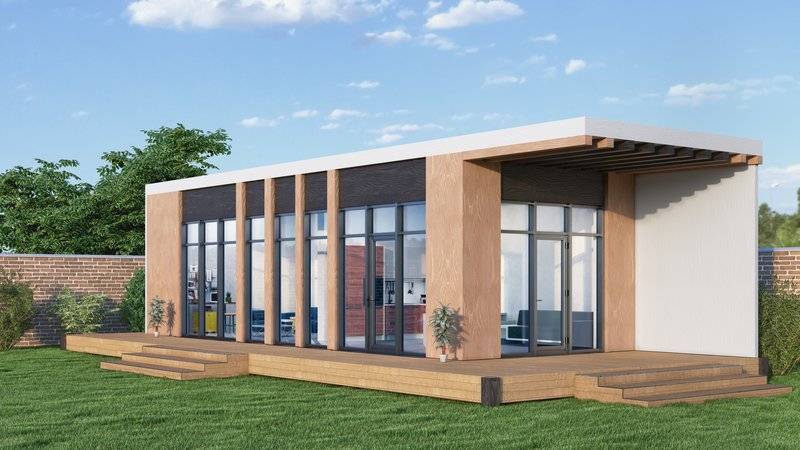
Modular homes are built in large sections (modules) in a factory and transported to easily accessible sites. While they offer faster timelines than traditional construction, design flexibility is limited by transport constraints, and modifications post-fabrication are difficult.
SIPs, on the other hand, are assembled panel by panel on-site, allowing greater design customization and easier adaptation to irregular or sloped land.
Shipping Container Homes
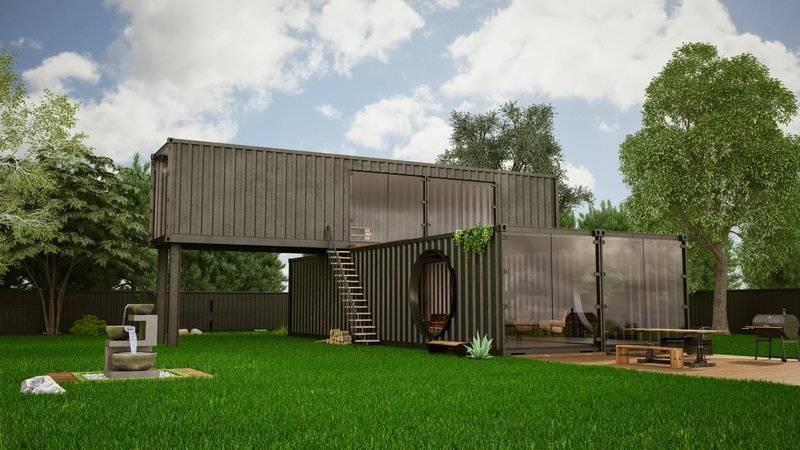
Shipping container homes are a trendy alternative that repurposes steel containers into living spaces. They are durable and transportable but have serious challenges: insulation, ventilation, and interior space constraints.
SIPs provide better thermal insulation and design freedom, allowing compact, efficient layouts.
Manufactured Homes
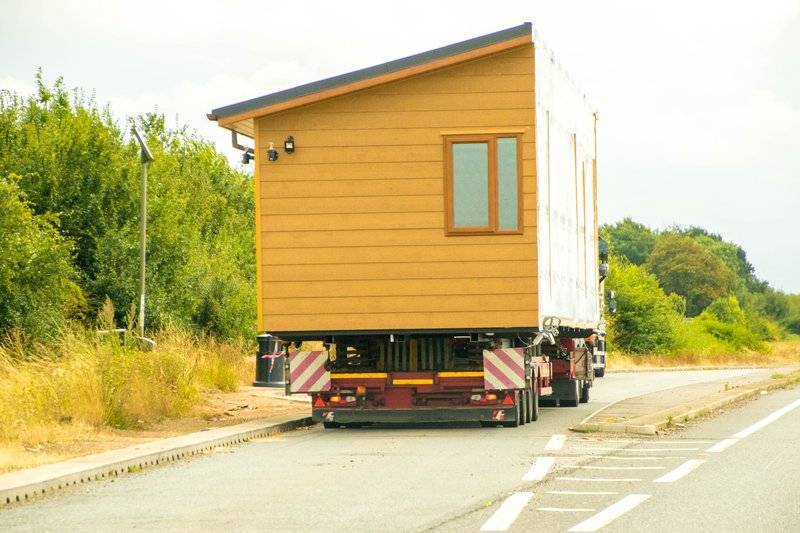
Manufactured homes built to federal HUD standards arrive as complete units or as two halves joined during installation. These homes generally offer lower costs but lack the robust structure, superior insulation, and lasting durability of SIP-built homes.
SIP construction meets or exceeds local building codes and delivers greater comfort, energy efficiency, and longevity.
Mobile Trailer Homes
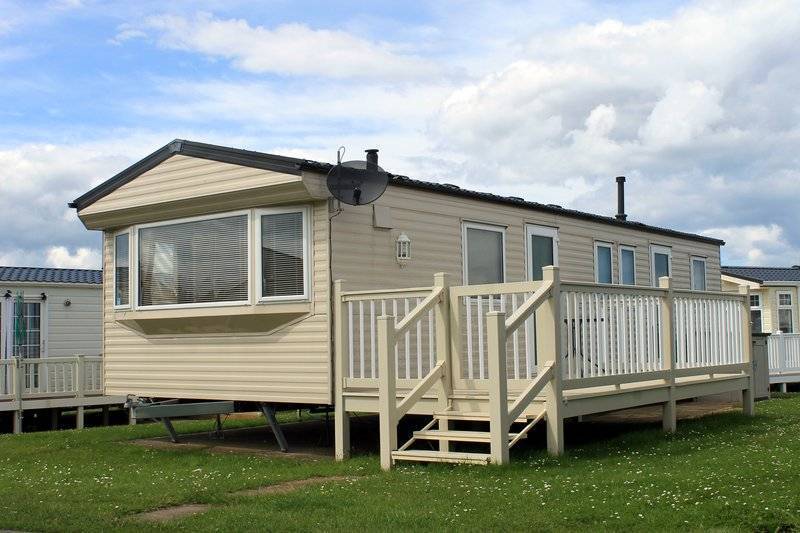
Mobile trailer homes offer the most portability and affordability among housing options. While some people use them temporarily or seasonally, many live in them permanently.
However, SIP homes typically have lower durability, insulation, and long-term comfort. SIP homes, on the other hand, provide enhanced structural strength and better weather resistance.
How SIPs Compare to Other Prefab Building Methods Quick Comparison
| Building Method | Overview | SIP Advantage |
| Traditional Stick Framing Homes | Labor-intensive and weather-dependent. Often leads to air leaks and poor insulation. | Pre-engineered panels speed up builds and boost energy performance. |
| Modular Homes | Built in large modules off-site. Quick to assemble but limited in design due to transport size restrictions. | SIPs offer more on-site flexibility and a better fit for custom or uneven lots. |
|
Shipping Container Homes |
Durable and repurposed, but limited in space and rugged to insulate effectively. | SIPs deliver better thermal comfort and more design freedom. |
| Manufactured Homes | Built to HUD code and affordable, but usually lack insulation quality and structural integrity. | SIP homes meet residential codes with better comfort, strength, and longevity. |
| Mobile Trailer Homes | Budget-friendly and mobile, but not designed for long-term living or energy efficiency. | SIPs offer durable, permanent housing with superior comfort and performance. |
How to Choose the Right Small Home for Your Needs
Choosing the right small home starts with identifying your priorities. Whether it’s cost, location, build speed, or design flexibility. Not all prefabricated houses are created equal, and the best fit for you depends on how you plan to use the space and where you plan to build it.
If budget is your primary concern, manufactured homes or entry-level prefab house kits may offer the quickest and most affordable solution. If you’re building in a remote or challenging location, panelized kits like SIP house kits are DIY-friendly and easy to transport, making them ideal for off-grid sites.
For those looking to generate income, Accessory Dwelling Units (ADUs), backyard cottages, or prefab multi-family rental units offer a high return on investment with relatively low construction time.
If you want to live sustainably and independently, tiny homes or SIP-built cabins provide the insulation, comfort, and efficiency needed for off-grid living.
If you are considering building in an area governed by a homeowners association (HOA), review the bylaws. Some have style or size requirements that may limit your options.
Matching your chosen house format to your lifestyle and long-term goals ensures that your prefab home delivers value and satisfaction for years.
Why SIPs Are the Smartest Choice for Your Next Prefab Home
Building with Structural Insulated Panels (SIPs) offers a rare combination of speed, strength, energy efficiency, and sustainability, qualities few other prefab building systems can match.
We push further, because our name’s stamped on every home that goes out the door.” – Damian Pataluna
Whether you’re building a compact cabin, a custom residence, or an off-grid retreat, SIP prefabricated kit homes deliver unmatched performance and long-term value. From faster construction timelines to lower energy bills and healthier indoor air quality, SIPs consistently outperform alternatives like modular, manufactured, or stick-built methods.
SIP house kits are a wise investment to balance build speed with superior insulation, durability, and design flexibility. Ideal for remote locations, vacation properties, and energy-conscious homeowners, SIP building kits are reshaping the future of prefabricated housing, offering a stronger, smarter foundation for any lifestyle or climate.
FAQs
A SIP prefabricated home is built using Structural Insulated Panels (SIPs), which combine insulation and structural support in one product. These panels are pre-cut in a factory and assembled quickly on-site, offering better energy efficiency, structural strength, and build speed than traditional prefabricated houses.
SIP panel homes are built from individual panels assembled on-site, allowing more flexibility in design and easier adaptation to unique locations. Modular homes are built in large factory sections and transported, limiting customization and location. Manufactured homes are built to the HUD code and typically offer lower insulation and durability performance.
Many SIP house kits are designed with the DIY builder in mind. These panelized systems come pre-cut and labeled for easy assembly, making them an excellent choice for self-managed builds or remote properties where skilled labor may be hard to find.
While SIP building kits may have higher upfront material costs, they often reduce total build costs by saving time, labor, and long-term energy expenses. When determining durability and performance, SIPs offer excellent value compared to lower-cost prefab house kits that may lack insulation or structural strength.
Yes. SIP homes are ideal for off-grid living due to their high insulation and airtight design. Thermal performance reduces heating and cooling demands, essential for locations without easy access to utilities.
Yes, SIP panel homes are engineered to meet or exceed most residential building codes in North America. Many SIP building kits have stamped engineering documents for code compliance, making permitting and inspection smoother.
The shell of a SIP home can often be assembled in just a few days. Depending on size, design, and site conditions, full completion typically takes less time than conventional stick-built or modular homes.

